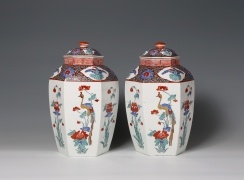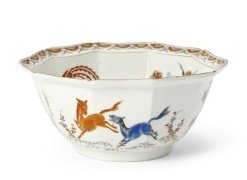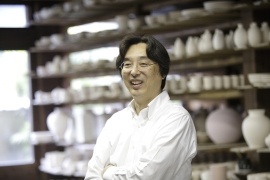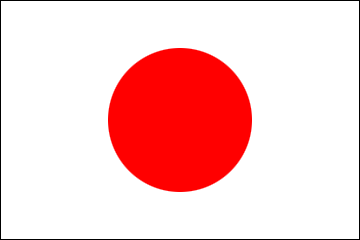Exhibition at the Embassy
2016/7/8



柿右衛門:窯から宮殿へ
KAKIEMON: from KILN to PALACE
Until 12 August 2016
Open weekdays 09:30 - 17:30, closed weekends
Admission is free, but photo ID is necessary to gain entry to the Embassy.
The Embassy of Japan, 101-104 Piccadilly, London W1J 7JT
The present exhibition at the Embassy of Japan looks focuses one particular style of porcelain – KAKIEMON – whose innovative use of colour and design quickly flourished soon after its creation in 17th century Japan to become fashionable in the courts of Europe. Wares are still produced today at the Kakiemon kiln by the Sakaida Kakiemon XV, whose father Kakiemon XIV was designated a ‘Living National Treasure’.
On show are a collection of stunning pieces from the 17th century through to the present day. The Embassy of Japan is extremely grateful to generosity of Christie’s and a number of private collectors and the Burghley House Preservation Trust, E & H Manners and the British Museum.
The Flourishing of the Kakiemon Style in Britain
by Professor OHASHI Koji
Director Emeritus, Kyushu Ceramic Museum
This year marks 400 years since the beginning of porcelain production in Japan. The elegance of the Kakiemon style stands out with particular brilliance in this long history. Japanese porcelain first began to be produced in Arita, present-day Saga Prefecture, on the Japanese southern island Kyushu. With rapid technical progress and development in this fledgling industry, just a half-century later, a new type of ware termed ‘Kakiemon’ was created.
Porcelain was originally only produced in China. But with the political turmoil of the civil wars following the collapse of the Ming Dynasty (1368–1644), the export of Chinese porcelain ceased. The Dutch East India Company (VOC), trading out of Nagasaki in Kyushu, turned to Japan to fill the gap in supply and started to export Arita-made wares to Europe.
To respond to the discerning demands from the European market for finer porcelain, the Kakiemon kiln developed a new style starting in the 1670s. This is currently termed 'Classic Kakiemon' and is characterised by a milky white porcelain body decorated in brightly coloured overglaze enamels.
The superior quality of Kakiemon-style porcelain was immediately recognised and captivated Europeans. Other kilns in Arita followed suit and produced a number of similar wares through the 1690s. Together, 'Classic Kakiemon' and the broader Kakiemon-style wares dominated the porcelain industry during this period. In 1689, Queen Mary II returned to Britain from the Netherlands and began her joint rule of the British throne with her Dutch husband King William III. Queen Mary herself is known to have favoured Kakiemon-style wares as can be seen from her porcelain collection at Hampton Court Palace. The fashion soon caught on and the British aristocracy started to collect Japanese Kakiemon-style wares of the highest quality imported from the Netherlands. As a result, perhaps more than anywhere else in the world, many examples of classic Kakiemon pieces are be found here in Britain.
Photographs from left to right:
1. Meissen Kakiemon-style vases known as Hampton Court Vases - Collection of Dr Jeffrey Tate CBE and Klaus Kuhlemann, courtesy of E & H Manners
2. Ten-sided Kakiemon Bowl with Horses and Ho-o Bird designs, 17th century, courtesy of Christie’s
3. Sakaida Kakiemon XV
--------------------------1. Meissen Kakiemon-style vases known as Hampton Court Vases - Collection of Dr Jeffrey Tate CBE and Klaus Kuhlemann, courtesy of E & H Manners
2. Ten-sided Kakiemon Bowl with Horses and Ho-o Bird designs, 17th century, courtesy of Christie’s
3. Sakaida Kakiemon XV
This exhibition coincides with Made in Japan Kakiemon and 400 years of porcelain
23 June – 21 August 2016, Free, Room 3, Open late Fridays at the British Museum.
